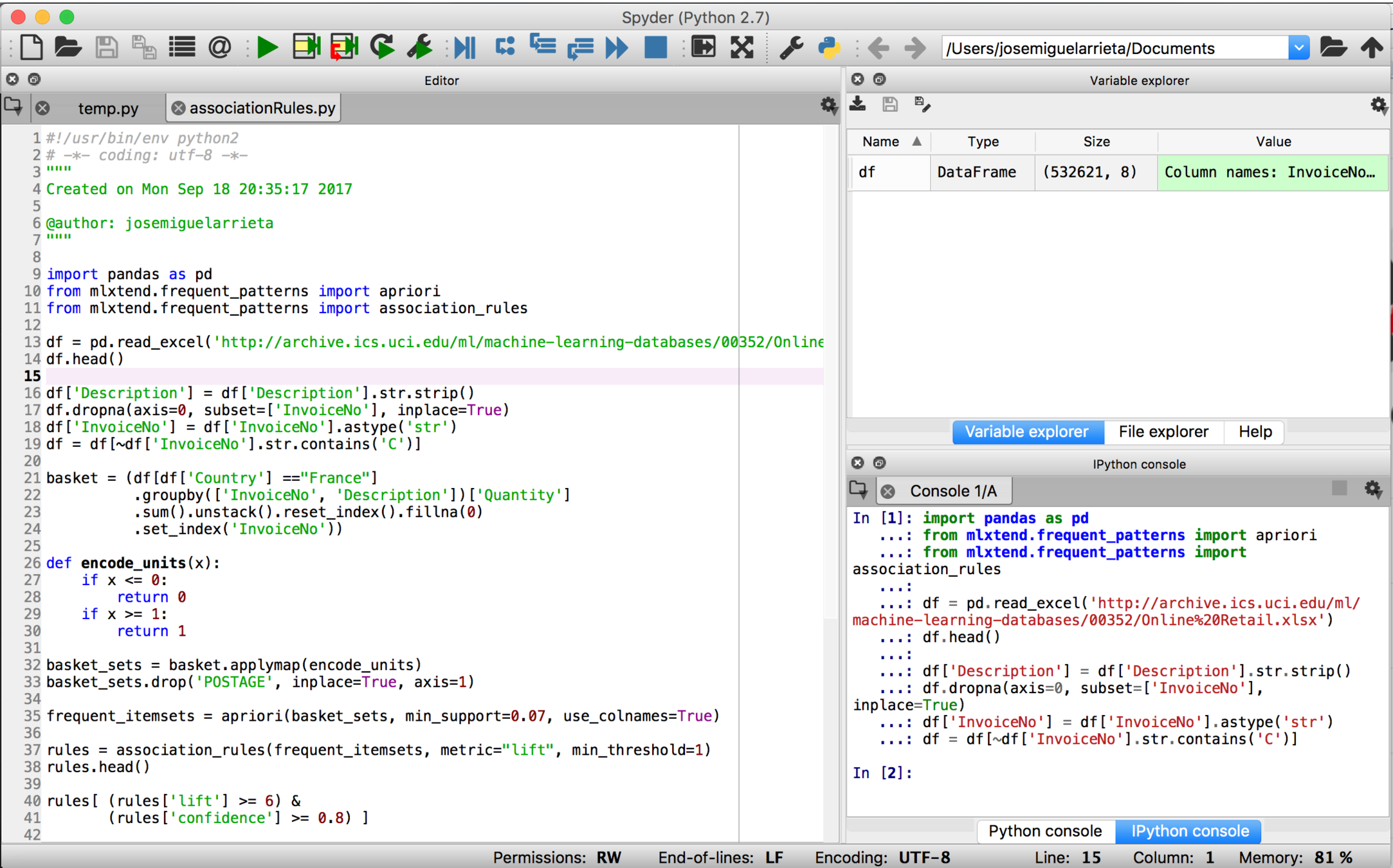

Print(str.format("m.", self.name, distanceInMeters))Īnimal("Cat").name # Error: 'name' is private We could have written the Animal class from the previous section in the following way: class Animal: You may still mark a member public explicitly. In python, each member is public by default. We haven’t had to use the word public to accomplish this for instance,Ĭ# requires that each member be explicitly labeled public to be visible. If you’re familiar with classes in other languages, you may have noticed in the above examples In our examples, we’ve been able to freely access the members that we declared throughout our programs. Public, private, and protected modifiers Public by default Note that even though tom is declared as an Animal, since its value is a Horse, when tom.move(34) calls the overriding method in Horse: Slithering. Here both Snake and Horse create a move method that overrides the move from Animal, giving it functionality specific to each class.
Python class how to#
The example also shows how to override methods in the base class with methods that are specialized for the subclass. You can see this where Horse and Snake subclass the base class Animal and gain access to its features.ĭerived classes that contain constructor functions must call Animal._init_() which will execute the constructor function on the base class. Here we see the class definition uses the Animal parameter to create a subclass. This example covers quite a few of the inheritance features in python that are common to other languages. Print(self.name + " moved " + str(distanceInMeters) + "m.")

Let’s take a look at an example: class Animal:

Of course, one of the most fundamental patterns in class-based programming is being able to extend existing classes to create new ones using inheritance. In python, we can use common object-oriented patterns. This calls into the constructor we defined earlier, creating a new object with the Greeter shape, and running the constructor to initialize it. In the last line we create an instance of the Greeter by assigning a variable with a class construction. You’ll notice that in the class when we refer to one of the members of the class we prepend self. This class has three members: a property called greeting, a constructor, and a method greet. Let’s take a look at a simple class-based example: class Greeter: The inheritance model allows the programmer to subclass and override methods of the parent class. The classes can have members that are either public or private. Classes in Python follow a definition format similar to other object-oriented languages.


 0 kommentar(er)
0 kommentar(er)
